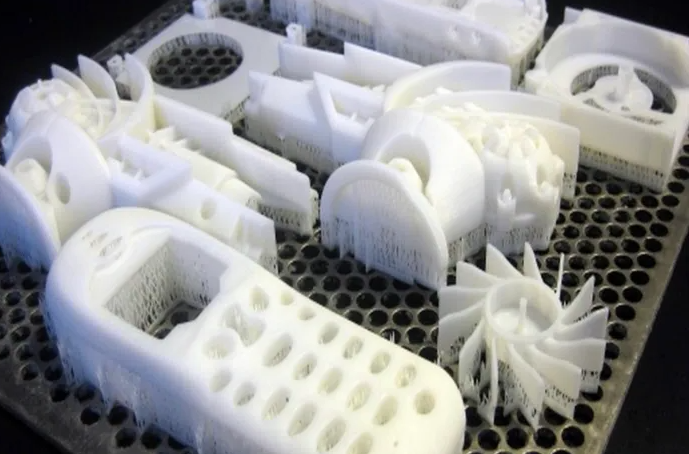Filament 3D printing is an additive manufacturing technology that uses a continuous filament of thermoplastic material to produce 3D objects. This process involves melting and extruding the material layer by layer, resulting in an object that is created from the bottom up.
According to the experts at Mayku (manufacturer of desktop thermoforming machines), the technology behind filament 3D printing is called FDM (fused deposition modeling) or FFF (fused filament manufacturing). These terms are used interchangeably today, as they refer to almost identical manufacturing processes.
These are 6 tips you can use to create thermoformed molds with 3D printing
1.-Smooth surfaces
Since thermoforming sucks (or pushes) plastic into a mold like a second skin, keeping layer heights between 0.1mm and 0.2mm will make demolding considerably easier.
2.-Wide draft angles
Aim for a 5-degree draft angle. Draft angles of 1 to 2 degrees are common in injection molding, but a steeper one is appropriate due to layer lines that give FDM prints an inherently non-smooth surface.
3.-Thick perimeters and top layers for strength
The outside of a mold is in contact with the most heat for the longest time. Mayku suggests walls and a top layer between 3mm and 5mm thick, not forgetting vent holes.
4.-Use high infill to better resist stress
Molds need to withstand both mechanical stress and heat. Aim for 50% or more infill to create a robust part that helps resist warping.
5.-Make sure your printer can do the job
3D printing large parts with a lot of infill can sometimes lift or warp during printing. Use enclosures or draft shields as needed, depending on your printer and the material.
6.-Make the mold with the right material
Mayku recommends that production molds be printed in nylon, which better withstands the heat and stress that a thermoformed mold will be subjected to. That said, other materials will work for prototyping.

